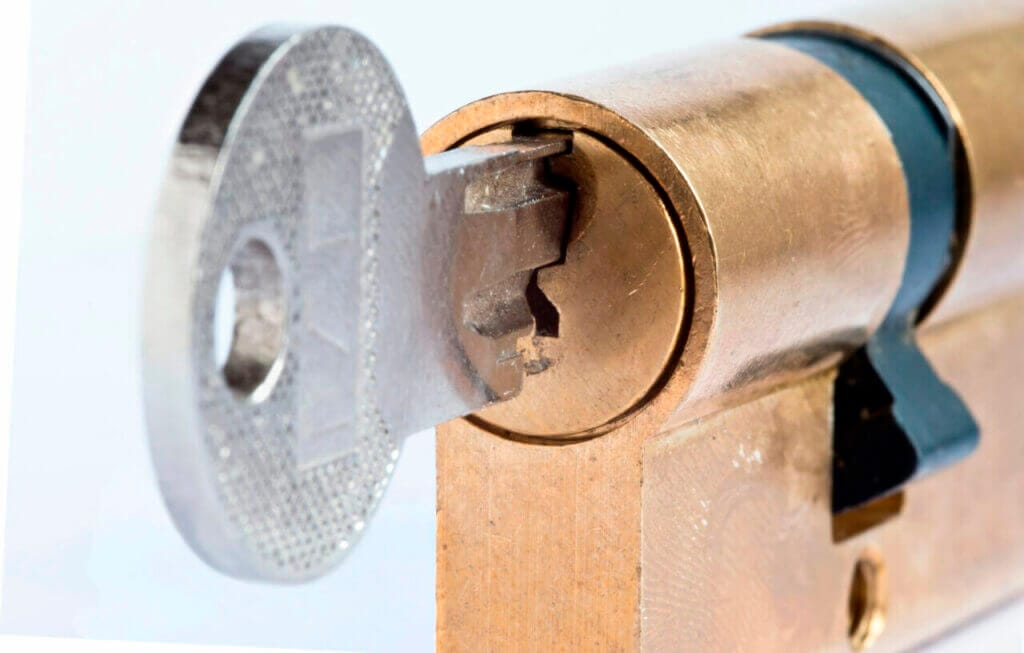Trowels are essential hand tools used extensively in gardening, masonry, and archaeology. These small, handheld tools, characterized by their flat, pointed blades, are perfect for digging, smoothing, and applying materials. Whether you’re a gardening enthusiast planting seeds or a professional mason laying bricks, understanding the various uses and types of trowels can significantly boost your productivity and precision. Moreover, using materials like geotextile in your projects can further enhance efficiency and durability.

Common Uses of Trowels
A trowel is a versatile tool designed for digging small holes, mixing, applying, and smoothing materials such as soil, mortar, or concrete. Gardeners use trowels for planting and transplanting flowers and shrubs, while masons use them to spread and shape mortar when laying bricks or stones. In archaeology, trowels assist in excavating and carefully uncovering artifacts without causing damage. The compact size and pointed blade make it ideal for detailed and precise work in various fields.
Differences Between Gardening and Masonry Trowels
In gardening, trowels usually have a narrower, curved blade for efficient digging and planting in tight spaces. These trowels often come with ergonomic handles to reduce strain during extended use. On the other hand, masonry trowels feature a flatter and broader blade designed for spreading and leveling mortar between bricks or stones. Various shapes and sizes of masonry trowels cater to specific tasks such as pointing, edging, or finishing. Each type of trowel is essential in its field but tailored to meet different demands.
Trowel Materials
Trowels are typically made from durable materials like stainless steel, carbon steel, or plastic. Stainless steel trowels offer excellent resistance to rust and corrosion, making them ideal for gardening and construction in various weather conditions. Carbon steel trowels are known for their strength and durability, though they may require more maintenance to prevent rust. Plastic trowels are lightweight and often used for specific tasks that don’t require heavy-duty tools. The material choice affects the tool’s longevity, ease of use, and suitability for specific tasks.
Using Geotextile with Trowels in Landscaping
Geotextile, a permeable fabric used in landscaping, construction, and engineering, plays a crucial role when paired with trowels. In landscaping, geotextile helps prevent soil erosion, improves soil stability, and promotes proper drainage. When planting or installing features like pathways, using a trowel to handle the soil and geotextile ensures precision and efficiency. The fabric creates a stable foundation and can be easily manipulated with a trowel to fit the required area, making it an excellent addition to any landscaping project.
A trowel is a fundamental tool for various tasks in gardening, masonry, and beyond. Its versatility and efficiency make it indispensable for both hobbyists and professionals. By understanding the different types of trowels and their specific uses, you can enhance your work quality and productivity. Additionally, incorporating geotextile in your projects can provide added benefits such as improved stability and drainage. Whether you’re planting a garden, building a wall, or working on a landscaping project, the right trowel combined with geotextile can make a significant impact.
Tags: different types of archaeology trowels, garden trowels made in the usa, refina superflex skimming trowels review, trowels:, tyzack trowels in usa